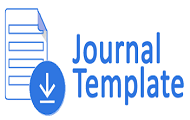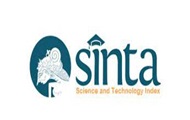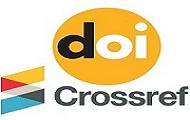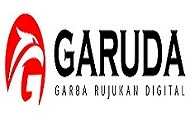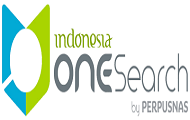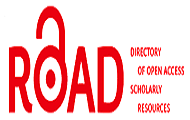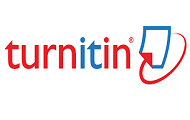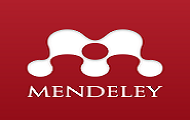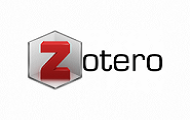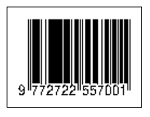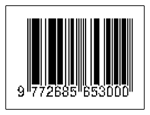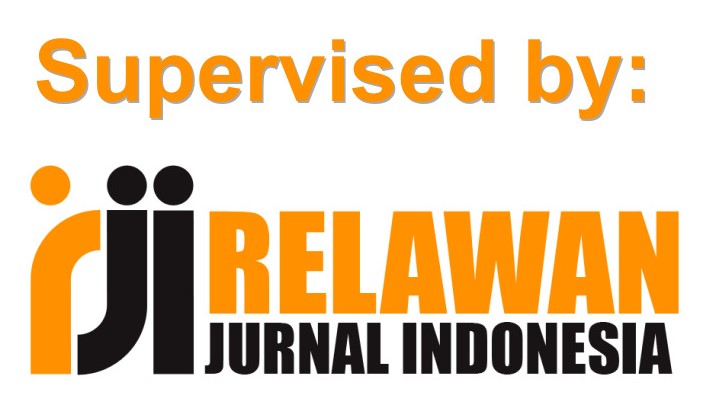Analisis Kontribusi Pajak Kendaraan Bermotor Terhadap Pendapatan Asli Daerah di Provinsi Sumatera Selatan pada Badan Pendapatan Daerah (BAPENDA)
DOI:
https://doi.org/10.31851/jmediasi.v7i2.15112Abstract
ABSTRACT
The purpose of this study is to find out how motorcycle tax collection affects initial local income in the province of South Sumatra. This study focuses on vehicle taxes and local revenues. This type of research method is a qualitative approach that uses primary data obtained through interviews and documentary methods at the Samsat office in Palembang. The population is the result of the vehicle income tax survey that covered the vehicle tax payment of Samsat Palembang City in 2020-2021. The data analysis technique is qualitatively descriptive and begins with data collection from annual documents. Based on the results obtained, the sales of PKB in 2020 accounted for 18.29% of the total sales of Rp. 256,572,245,553 and PAD in South Sumatra province was Rp. 251 843 707 406. Therefore, PKB's financial support to PAD in South Sumatra Province in 2020 is classified as very insufficient. PKB share is 101.88% of Rp PAD in 2021. 853 031 906 256 and PKB's turnover reaches Rp. The province of South Sumatra is considered very good.
Keywords: Vehicle Tax, Target, Implementation.
ABSTRAK
Penelitian ini bertujuan untuk mengetahui bagaimana pengambilan pajak kendaraan motor berdampak pada pendapatan asli daerah di Provinsi Sumatera Selatan. Penelitian ini berfokus pada pajak kendaraan bermotor dan pendapatan asli daerah. Jenis metode penelitian ini adalah pendekatan kualitatif dengan mengunakan data primer yang diperoleh di kantor Samsat kota Palembang dengan menggunakan teknik wawancara dan dokumntasi. Populasi adalah kesimpulan dari studi pajak kendaraan bermotorpada pendapatan dengan sempel kontribusi pajak motor di Samsat kota Palembang selama periode 2020-2021. Teknik analisis datanya adalah deskriptif kualitatif dimulai dengan mengumpulkan data dari dokumen tahunan. Dari hasil yang diperoleh, penerimaan PKB pada tahun 2020 mencapai 18,29% dari total realisasi sebesar Rp. 256.572.245.553 dan total PAD di Provinsi Sumatera Selatan sebesar Rp. 251.843.707.406. dengan demikian pada tahun 2020 kontribusi PKB terhadap PAD di Provinsi Sumatera Selatan termasuk dalam kriteria sangat kurang.Persentase kontribusi PKB tahun 2021 adalah 101,88% dari total PAD sebesar Rp. 853.031.906.256 dan realisasi penerimaan PKB sebesar Rp. 155.987.369.525 dan mengalami penaikan ditahun 2021 kontribusi PKB di Provinsi Sumatera Selatan digolongkan dalam kategori sangat baik.
Kata kunci: Pajak Kendaraan Bermotor,Target,Realisasi.
References
Hamidah, dkk. (2023). Perpajakan. Batam: yayasan cendikia mulia mandiri.
Harefa, M., Permana, S. H., Mangeswuri, D. R., & Meilani , H. (2017). Optimalisasi Kebijakan Penerimaan Daerah. Jakarta: yayasan pustaka obor Indonesia.
Liberty, Fahlevi, M. R., & Putra, A. I. (2023). Kepatuhan Wajib Pajak Kendaraan Bermotor. Lampung tengah: Kolaborasi pustaka warga.
Nurmala , & Sari, r. p. (2018). Analisis Pendapatan Asli Daerah dari Penerimaan Pajak Kendaraan Bermotor Pada Padan Pendapatan Paerah Provinsi Sumatra Selatan. ecoment global, 103-114.
Pranata, A., Nurmala, & Arifin, A. M. (2022). Pengaruh Kesadaran Wajib Pajak, Sanksi, dan Pemutihan Terhadap Kepatuhan Wajib Pajak Kendaraan Bermotor (Studi pada Badan Pendapatan Daerah Provinsi Sumatera Selatan). jurnal Akuntansi, 319-329.
Putra, A. E., Oktariansyah, & Angga. (2023). Analisis Penerimaan Pajak Bumi dan Bangunan (PBB) dan Bea Perolehan Hak Atas Tanah dan Bangunan (BPHTB) pada Pendapatan Asli Daerah (PAD) di Badan Pendapatan Daerah (BAPENDA) Kota Palembang. Jurnal Pendidikan Tambusai, 14421-14427.
Downloads
Published
Issue
Section
License
Copyright (c) 2025 Jurnal Media Akuntansi (Mediasi)

This work is licensed under a Creative Commons Attribution-NonCommercial 4.0 International License.
The copyright of the received article shall be assigned to the publisher of the journal licensed under a Creative Commons Attribution-NonCommercial 4.0 International License in line with the license, authors and any users (readers and other researchers) are allowed to share and adapt the material only for non-commercial purposes. In addition, the material must be given appropriate credit, provided with a link to the license, and indicated if changes were made. If authors remix, transform or build upon the material, authors must distribute their contributions under the same license as the original.


